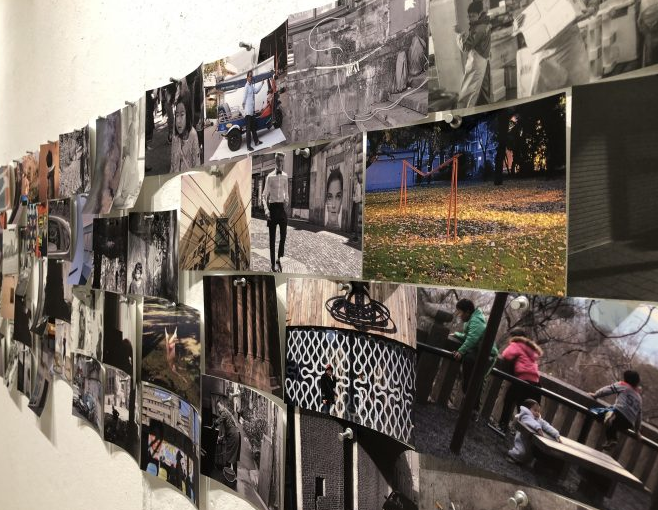
(ANDREW BEECHER/THE OBSERVER)
Lipani Gallery Chronicles the Paths of Fordham Alumni
By EMMA SEIWELL
Contributing Writer
Currently showcased in the Lipani Gallery at Fordham Lincoln Center (FLC) is photography Artist-in-Residence Stephan Apicella-Hitchcock’s exhibition “100 Photography Alumni.” Apicella-Hitchcock has taught photography at FLC for 21 years and has seen a lot of talented students come through the darkroom. This exhibit facilitated an opportunity for these students to showcase their work post-graduation. Some of the contributors graduated last year, others 20 years ago. Alumni submitted a diverse collection of images ranging from urban candids to picturesque landscapes, making for interesting juxtapositions once placed next to one another.
The abstract arrangement of photos was accomplished quite simply. The postcard-sized images were randomly shuffled and placed on the walls. The outcome was a combined vision of life as seen through the eyes of these 100 talented individuals. Spanning two decades, multiple countries, various formats and numerous subjects, the hundreds of photos tacked onto the white walls of Lipani Gallery maintain a curious sense of unity.
The famous French street photographer, Henri Cartier-Bresson, once said: “A photograph is neither taken or seized by force. It offers itself up. It is the photo that takes you. One must not take photos.” By looking at each photo in this exhibition, one can grasp which things in life “take” these photographers. They do not attempt to control the things around them for their benefit. Instead, they surrender to the mayhem of the world and, even further, embrace it.
There is something bound to catch every viewer’s eye. Carrie Mahoney’s nostalgic black-and-white portrait of a young girl with tiger face paint pouting on a swing might incline one to reminisce about childhood. Charlotte Canner’s snapshot of a fallen wooden structure with the words “Buried Alive” painted above its deteriorating doorway leaves one to ponder what these words are referring to or how they got there.
Some images simply please the eyes, such as Aubrey Stallard’s photo of figures dancing. The contrasting colors and patterns in her photograph make for a very engaging composition. Each image in this exhibition is an open-ended, wordless story that leaves any sensitive viewer in a state of wonderment.
Viewers get the chance to take in fleeting moments and disregarded places that would be lost among the mundaneness of everyday life had it not been for their documentation. The exhibition will be on display until the end of October with a public reception on Oct. 17 from 6-8 p.m. “100 Photography Alumni” encourages its viewers to contemplate ordinary phenomena in a more confrontational context. One might realize these occurrences are not so ordinary after all.
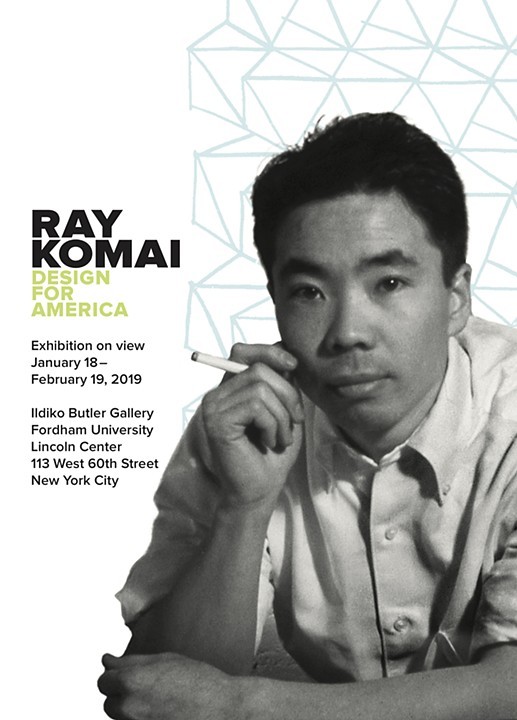
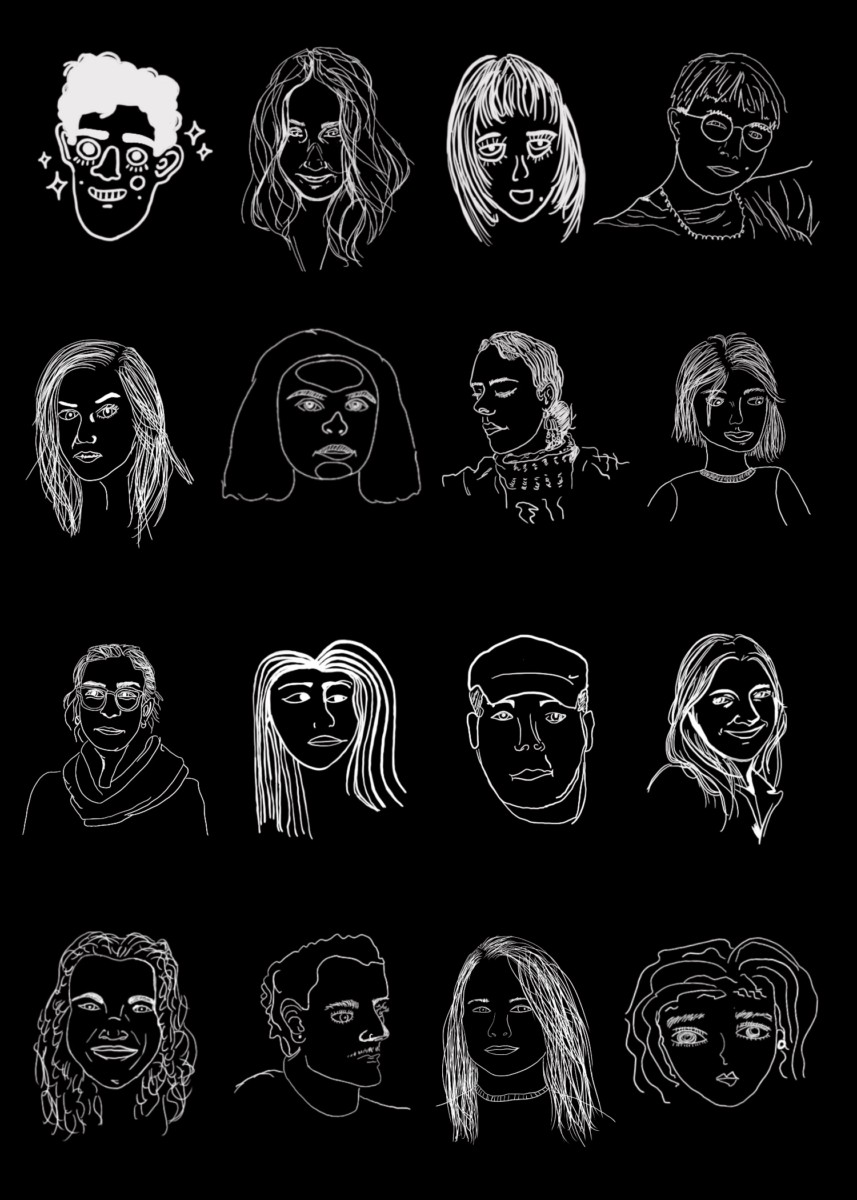
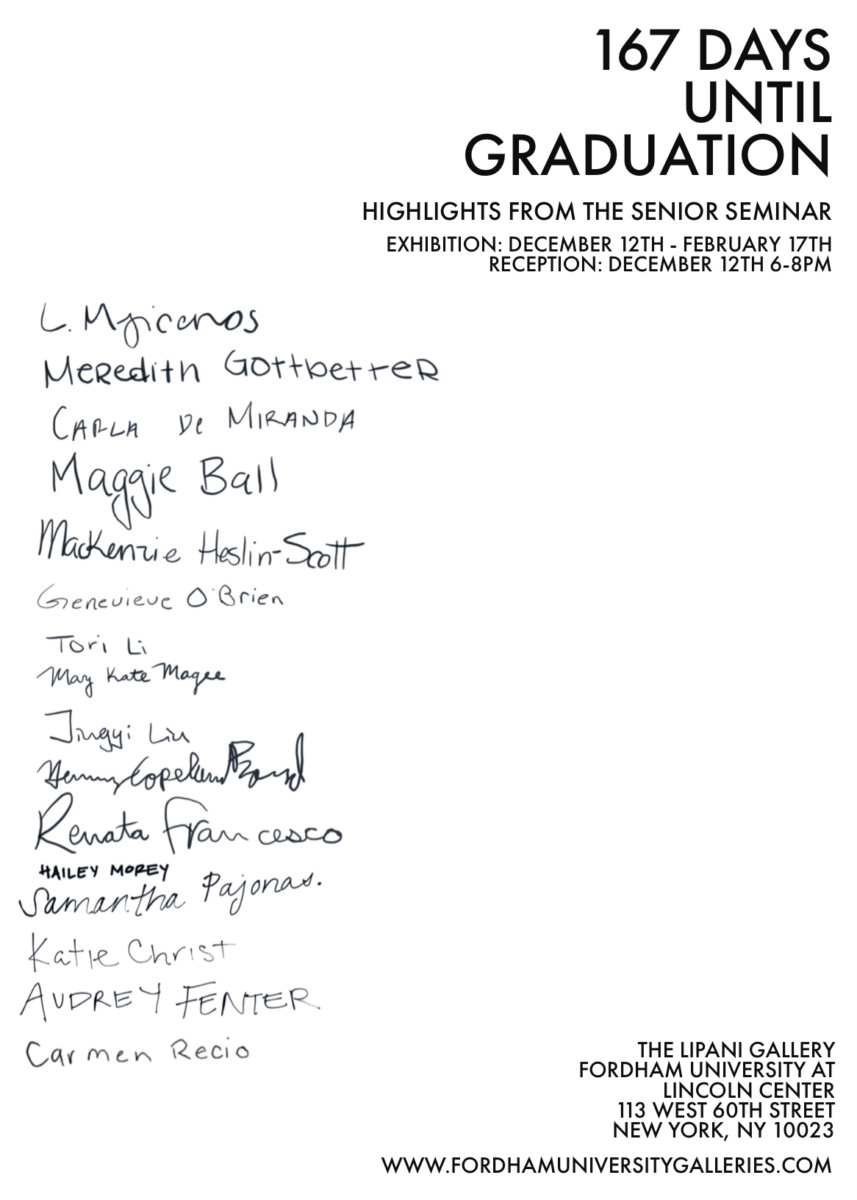
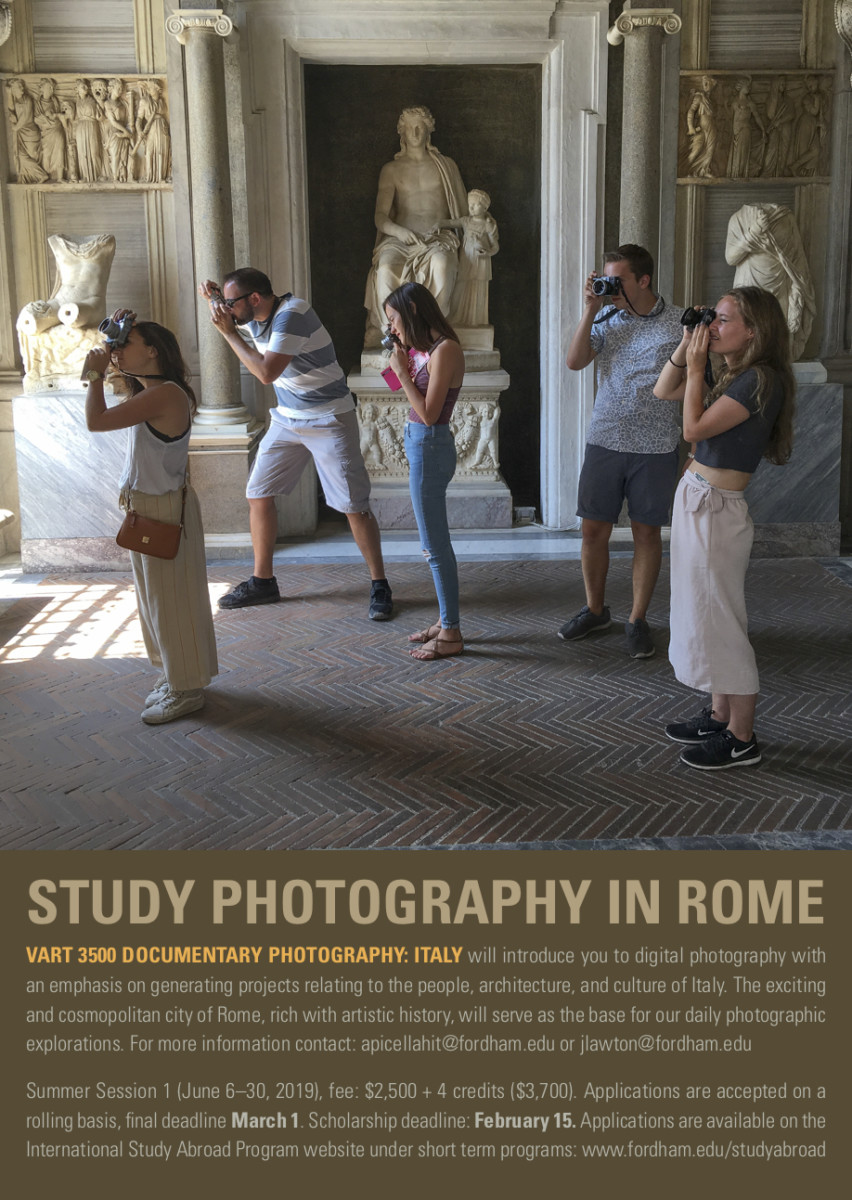
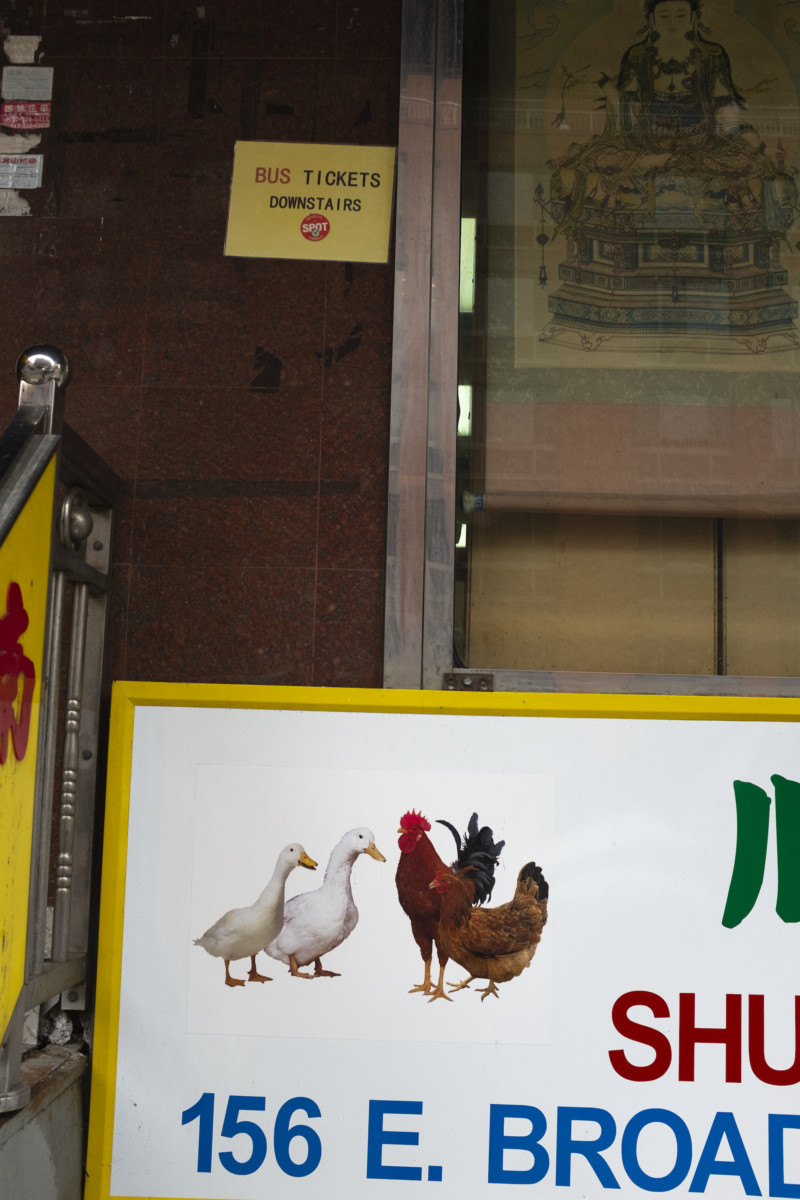
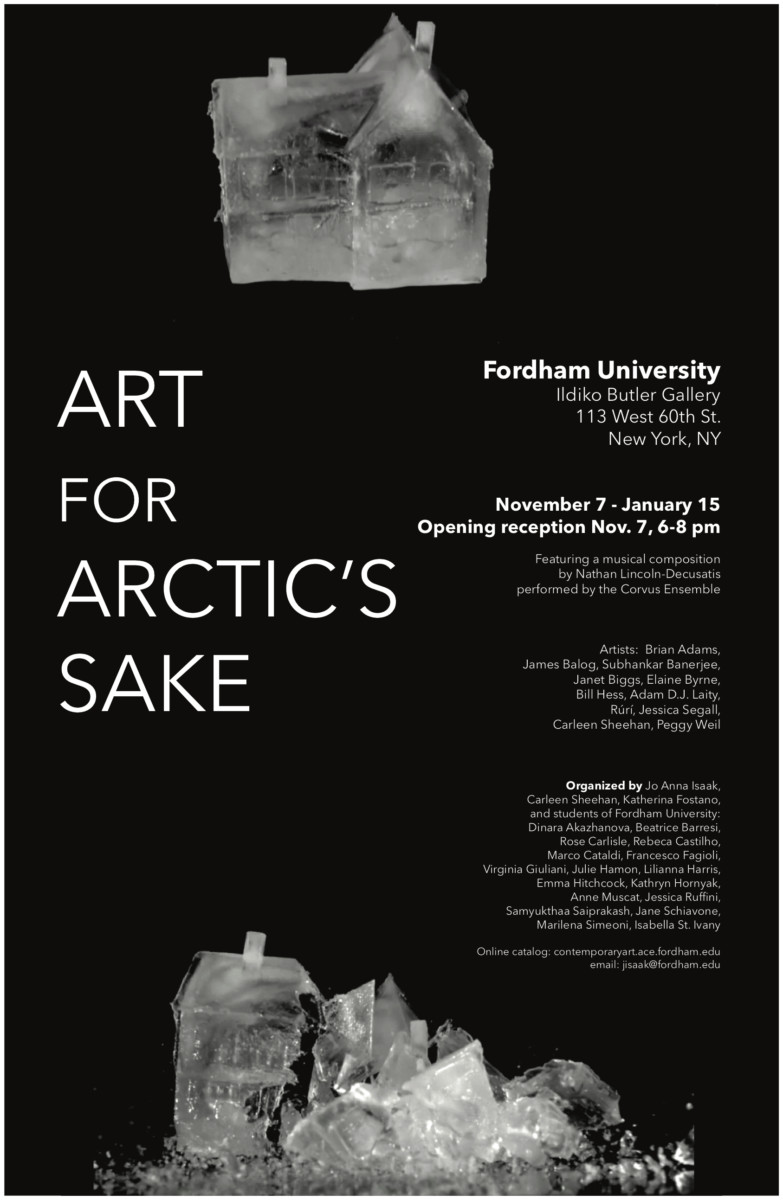


 Faculty Spotlight 2018
Faculty Spotlight 2018


